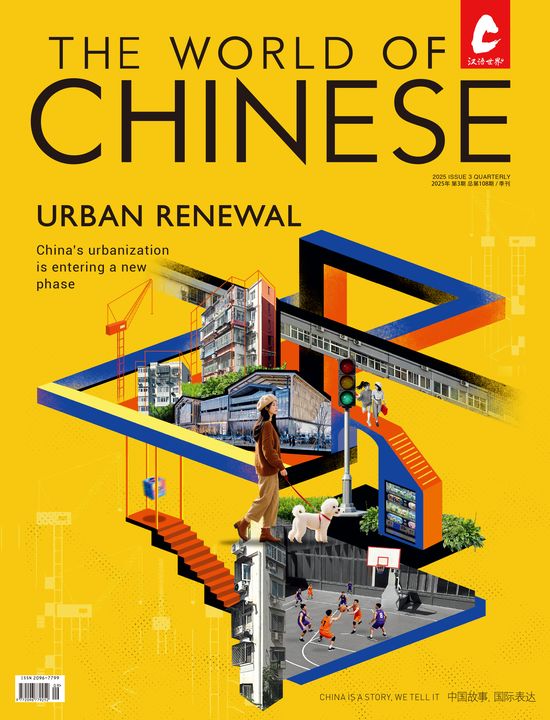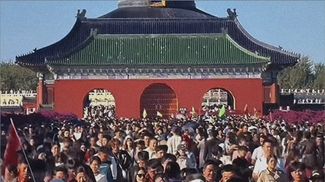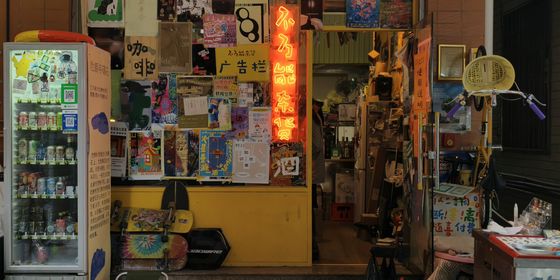Song Dong’s installation is a window into a lost generation
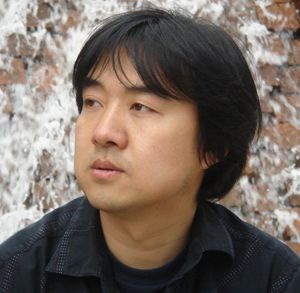 Song Dong (宋冬) Beijing-based artist Song Dong (宋冬) was born on the eve of the Cultural Revolution in 1966. Often referred to as a conceptualist, his works struggle to expose the impermanence and transience of human endeavor, ranging from performance and video, to photography, theater and sculpture. As a pioneer of contemporary Chinese art, Song explores the intricate connection between life and art, such as how to illustrate traditional philosophy in an age of loss and how the East/West dichotomy is truly one. His most representative works include “Breathing” (1996), “Touching My Father” (1997), “Crumpling Shanghai” (2000), “Waste Not” (2005) and “Intelligence of the Poor” (2005). Song is currently represented by Pace Beijing.
Song Dong (宋冬) Beijing-based artist Song Dong (宋冬) was born on the eve of the Cultural Revolution in 1966. Often referred to as a conceptualist, his works struggle to expose the impermanence and transience of human endeavor, ranging from performance and video, to photography, theater and sculpture. As a pioneer of contemporary Chinese art, Song explores the intricate connection between life and art, such as how to illustrate traditional philosophy in an age of loss and how the East/West dichotomy is truly one. His most representative works include “Breathing” (1996), “Touching My Father” (1997), “Crumpling Shanghai” (2000), “Waste Not” (2005) and “Intelligence of the Poor” (2005). Song is currently represented by Pace Beijing.
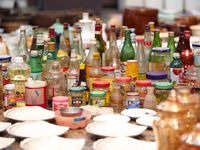
Type: Installation and Event
Notable Exhibitions:
2013—Carriagework, Sydney, Australia
2010—Vancouver Art Gallery, Vancouver, Canada
2009—Museum of Modern Art, New York, U.S.A.
2005—Beijing Tokyo Art Project, Beijing 798 Factory, China
These “Waste Not” works feature 10,000 trinkets and odds and ends hoarded by Zhao Xiangyuan, Song Dong’s mother. Song’s mother was born in to a rich family in 1938, but the horrors of the 1950s took their tragic toll, and it became a time when even a bar of soap required the correct ticket and a long queue. This was the impetus for her hoarding, never throwing anything away, not even an empty bottle. For her, “waste not” literally meant “want not”. But there is a deeper meaning behind the installation: her obsession and grief.
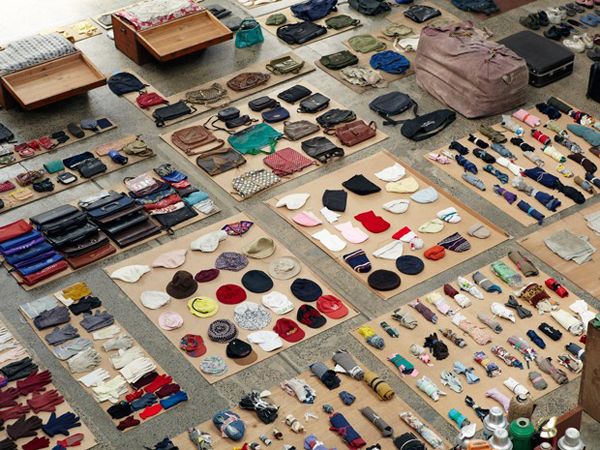
How did all this junk become an exhibition? In 2002, Song’s father died suddenly, a terrible blow to his inconsolable mother. She gathered all the trinkets she had collected and shoved them into the rooms because—in her grief—she believed all the rooms were too empty after her husband had died.
When explaining her obsession to her son, she used a piece of paper as an example: it can be used as a canvas for art, and when that’s done, it can be used to make paper cranes or origami; after that it can be used to wrap other things, and as its final act, it can be used to light a briquette to keep the family warm, indicative of her time, her life and her struggle.

In 2005, Song proposed they turn the accumulated debris into an art project. In Beijing’s 798 Factory, they sorted all the junk into different types and arranged them around a dismantled section of the original wood house. During the exhibition in Beijing, Song’s mother shared stories with the patrons, bringing some of the older visitors to tears when the memories of those times were so vividly evoked. “Waste Not” is not just of Song’s mother’s obsession, but rather a collective memory of a generation of famine and shortage. For many from the older generation, it is a time unspoken, but through Song Dong’s work, it can be seen and relived.
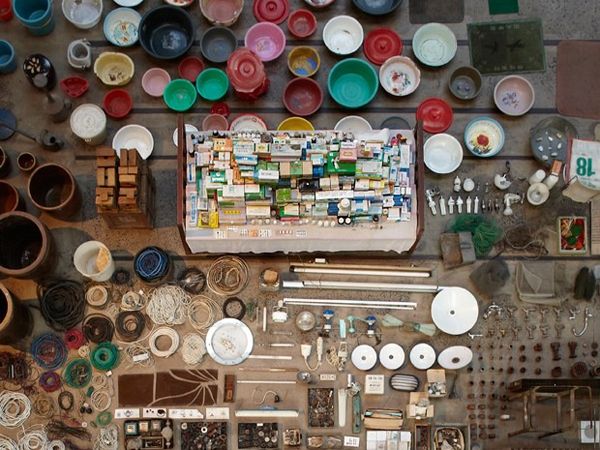
Song’s mother is now deceased, like so many from that generation of struggle; but this artwork stands in testament to her generation’s tribulations and survival, lest we forget.
